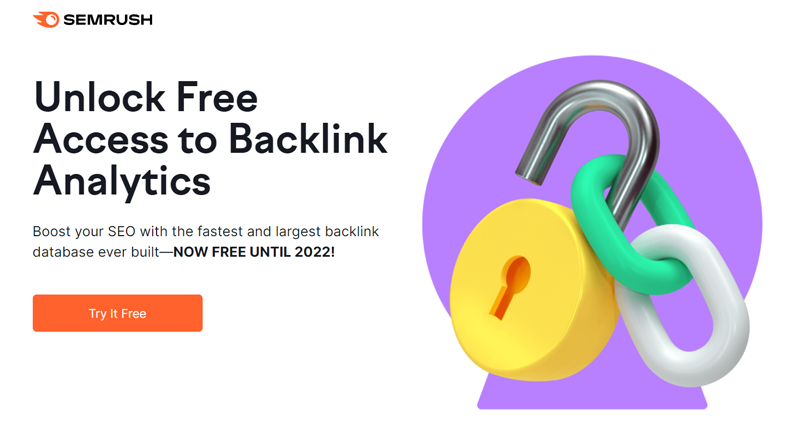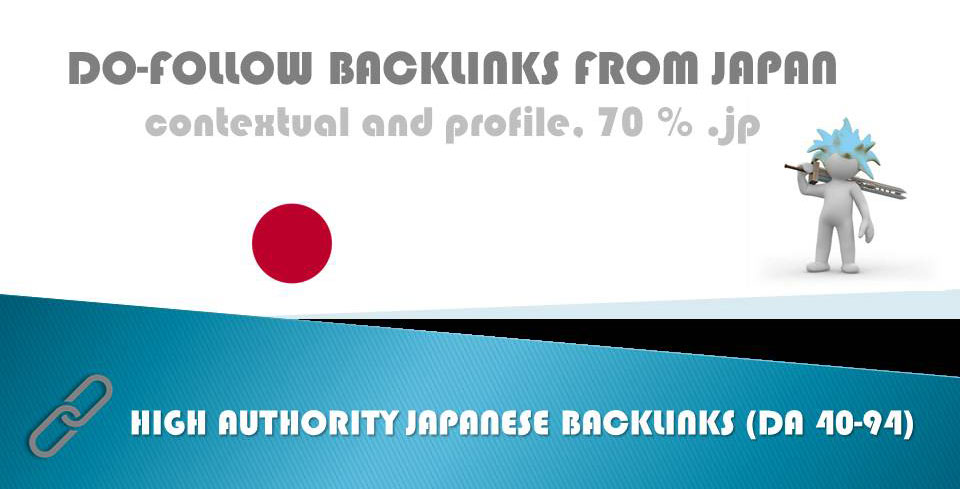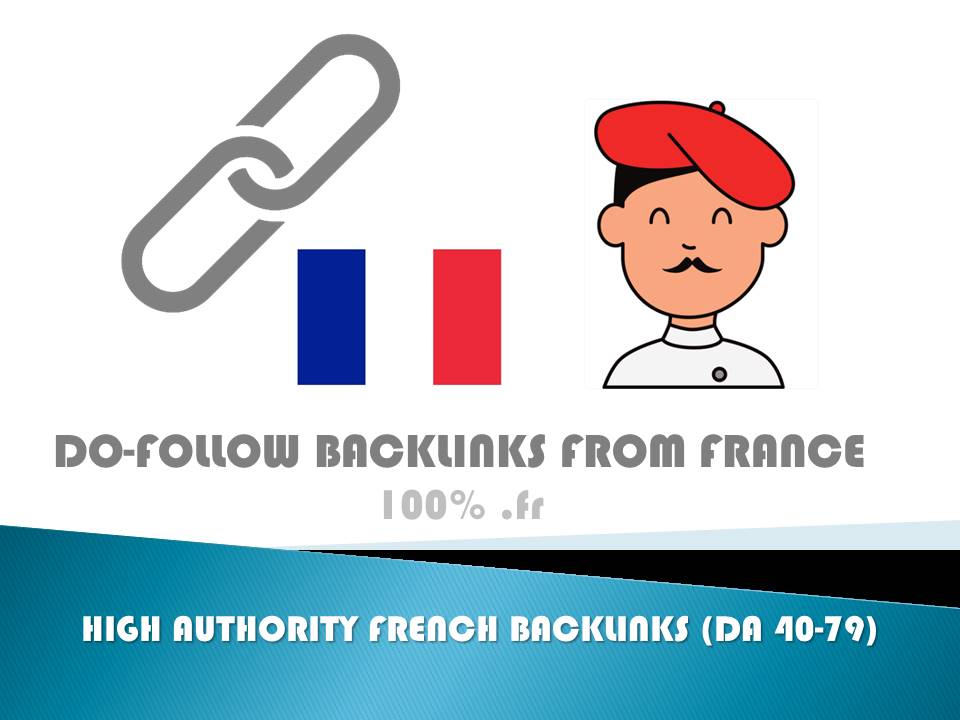

In this blog we will discuss backlinks and why are they so important for SEO in 2021. After some general considerations, we will focus on backlinks created by links insertion. If you want to read about other modes of acquisition I would recommend to read the article of Backlinkto about backlinks.
What are backlinks?
Backlinks are inbound links (hyperlinks) to a website or page. Hyperlinks were developed at the very beginning of the word wide web and used to navigate the web before the existence of search engines. Backlinks are also used by web crawlers to discover new content.
Why backlinks are important | Page Rank Algorithm
Crawling, indexing and displaying content in a relevant way is very challenging task and even if it is not perfect, Google is leading the way as the most used search engine today.
The page-rank algorithm patented by the future CEO of Google, Larry Page, was strongly based on backlinks to display relevant content on search engines.
As stated on US patent US6285999B1 Method for node ranking in a linked database, page-rank interprets a link from a page A to B as a vote by page A to B for content relevancy.
If page A is very authoritative (has a high page rank) it will increase the ranking of page B on search results.
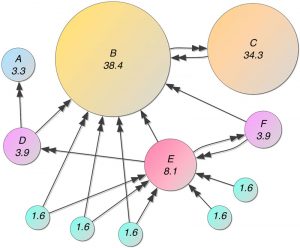
Although it is difficult to say how much of the original page rank algorithm remains in today Google’s algorithm, backlinks are still an important ranking factor.
What are Backlinks | Do-follow and no-follow backlinks
It is very important when doing link building to differentiate between a do-follow backlink and a no-follow backlink. Do-follow links contrary to no-follow, pass authority to the destination page and therefore increase its ranking on Google.
No-follow links were setup in 2005 by Google to fight against spam and ranking manipulation. In 2020, Google decided to change the reading of no-follow as a hint rather than a directive. It is therefore advisable to have a mix of do-follow and no-follow links in your backlink profile.
You can check if a link is no-follow by opening checking the page source code with your browser and look for the rel=”nofollow” HTML tag (it is placed after the attribute href).
Google recently introduced new attributes: rel=”sponsored” to be used for advertisements and paid links and rel=”ugc” for user-generated content links such as comments and forum posts.
As quoted by Google, “Links marked with these rel attributes will generally not be followed” but these links can still be crawled.
After a backlink campaign using quality do-follow backlinks, we always see an improvement of page ranking especially for long tail keywords. Backlinks can be directed to the homepage, a product page or a blog article.
Sometime you can see the attribute rel= “noreferrer” on a do-follow link. It just means that Google Analytics will not show any info about from the referral traffic, it will be classified as direct traffic.
You might see also the attribute rel= “noopener” which is used more as a safety net to avoid malicious attack on opening windows (target=”_blank”)
What are Backlinks |Profile and Contextual Backlinks
A profile page, like its name indicates, is a page with one of more link added on it. Sometime a link can be surrounded by a large amount of text up to several thousand words but there is no anchor text.
Depending on the page design, other links can be present (on the footer or menu) and therefore can dilute the power of the page.
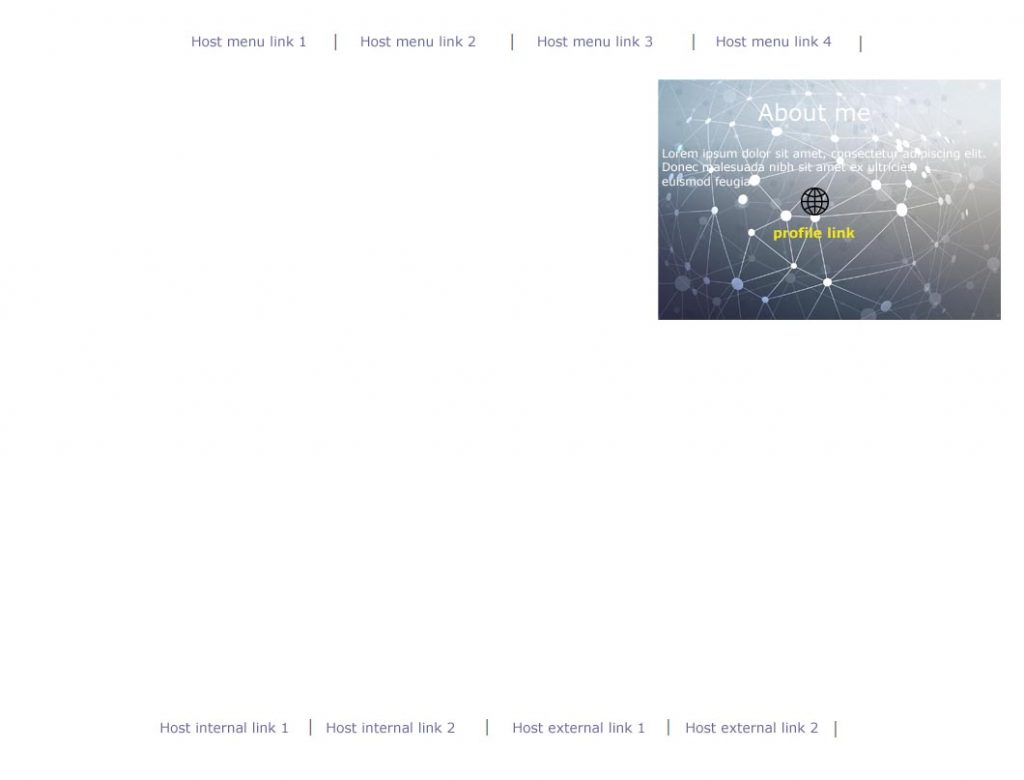
A page with contextual backlink(s) can have many links with anchor text and in some cases, pictures and videos can be inserted as well. A blog is a good example of a webpage with contextual links in which visual content can be added.
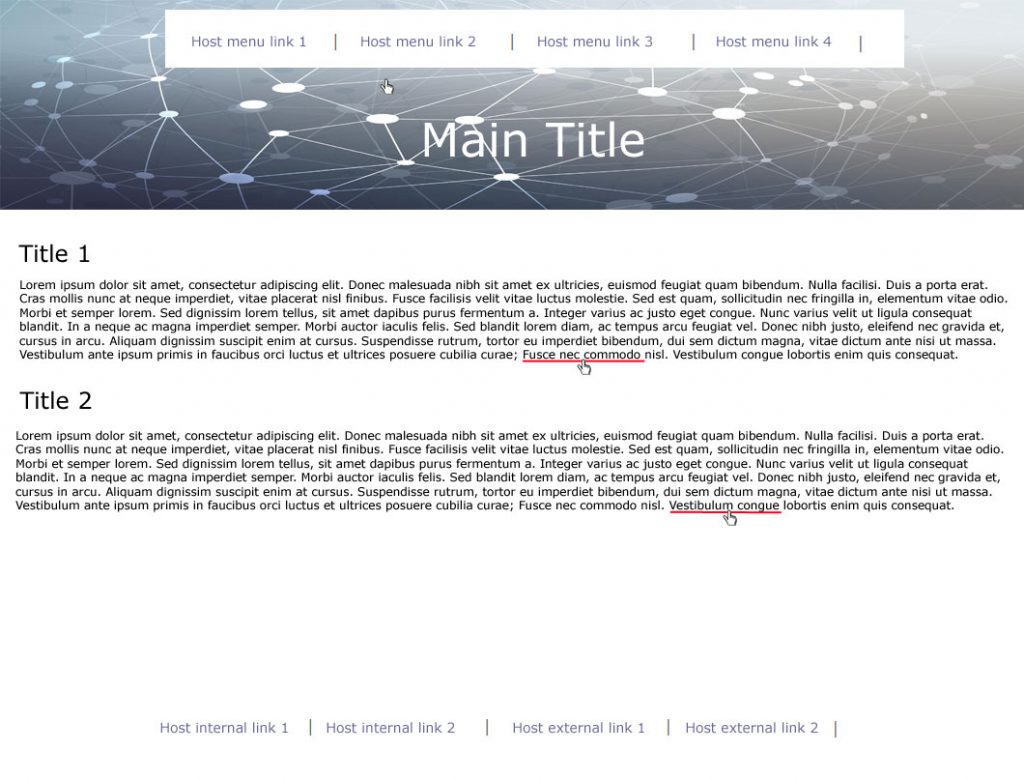
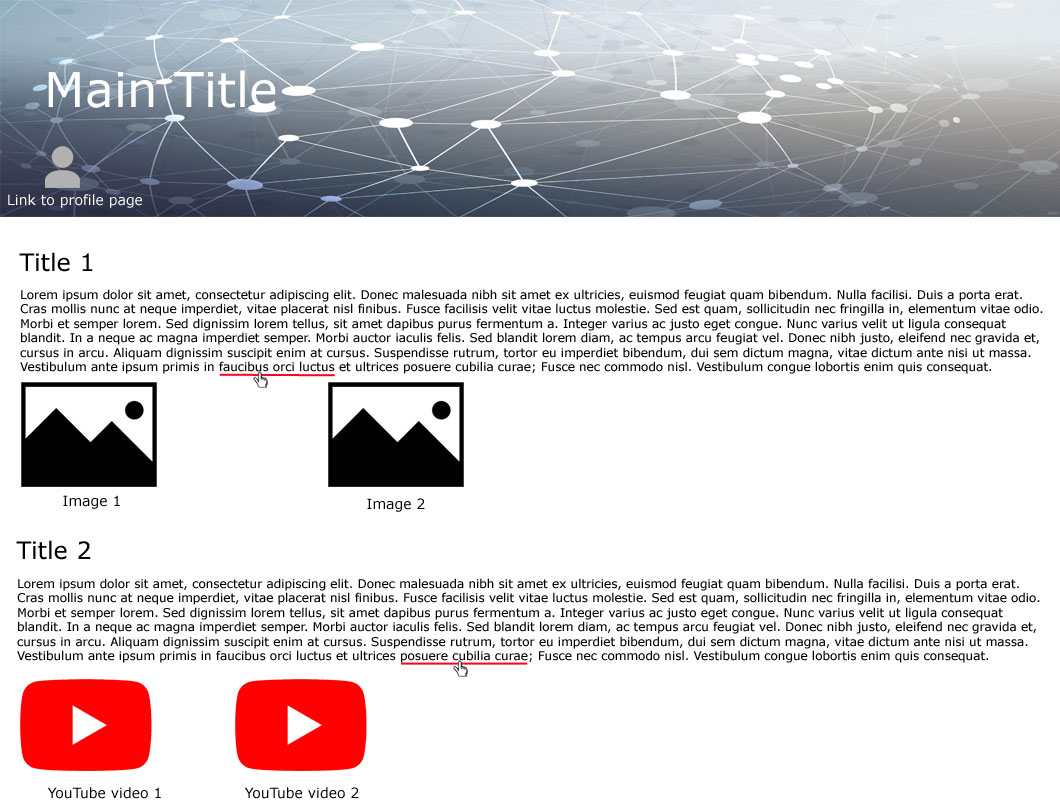
What are Backlinks | Backlinks indexation
Backlink generation is a tedious work but once a backlink is live, it has yet to be crawled and indexed by search engines. Indexation can be the bottleneck for backlink generation. It is a difficult task and a somewhat controversial topic which we will discuss in another blog post.
What are Backlinks | How to measure backlinks quality
When Google stopped using the page rank metric, other companies filled the void and developed their own metrics to measure domain and page authority.
Link building providers are using these metrics to market their services, with the different acronyms below:
DA/PA: domain and page authority (Moz metrics)
DR/UR: domain and url ratings (Ahrefs metric)
TF/CF: trust flow and citation flow (Majestic metrics)
DA/PA are probably the most commonly used metrics on SEO marketplaces.
However, these metrics can be easily manipulated (you can find plenty of SEO services to artificially increase your DA/PA). It is therefore important to have more metrics to measure the quality of a backlink.
Additional metrics to look at are: number of backlinks and domains connected to the page, number of organic keywords for which the domain or subdomain are ranking for.
It is important to get a rough idea about the organic traffic on the domain or subdomain and to know about the geographic origin of the traffic. For all these metrics, we recommend to use Semrush.
How do I check backlinks to my site?
With time, on top of backlinks created by you or a SEO agency, you have probably earned few backlinks you did not know about. It is not uncommun especially if you have unique content on your site that people are linking to you.
The first option you have to check backlinks to your website is to look at the links section of your Google Search Console. However you will find out that not all of them are there.
Another option is look up for backlinks using Ahrefs free backlink checker. However, the free version is limited to the top 100 backlinks.
For a limited time, the backlink analytic section of Semrush is free with no limitation in the number of backlinks. You can access it by clicking the image below. You can also with these tools analyze the backlinks of your competitors as well.
